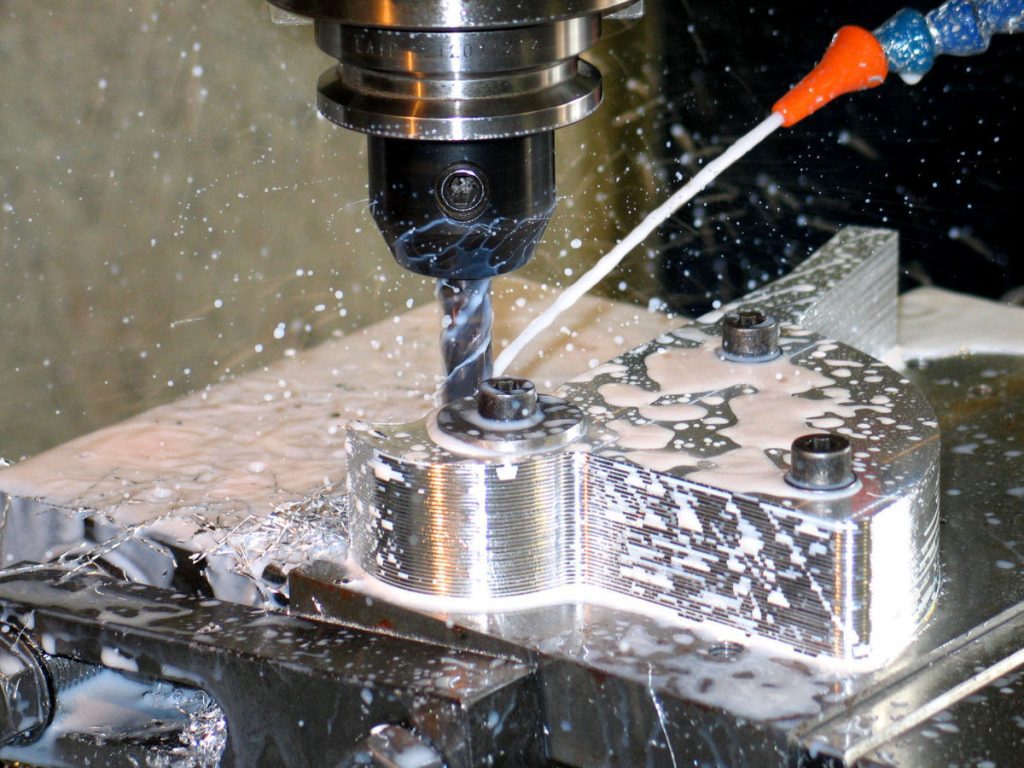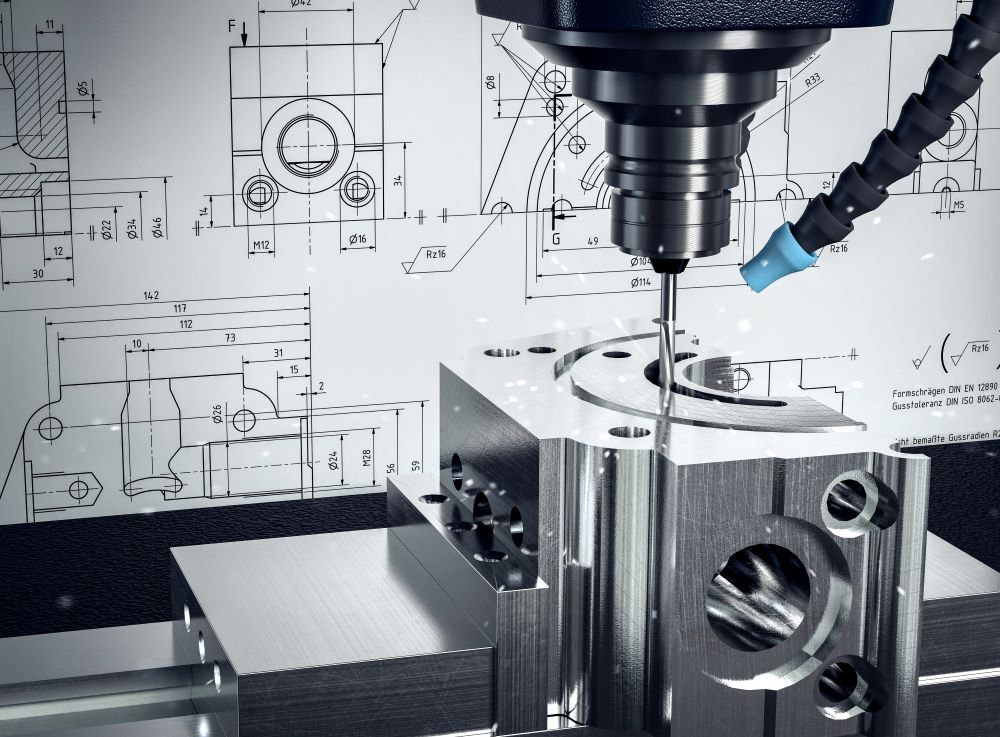Fasteners and Machining: Tailored Solutions for Every Manufacturing Demand
Understanding the Art of Bolts and Machining: Technologies and Ideal Practices
In the realm of industrial production and engineering, the proficiency of fasteners and machining is a foundation of ensuring architectural integrity, capability, and durability in numerous applications. Join us as we explore the most recent developments and dive right into the nuanced world of understanding fasteners and machining, discovering vital insights and methods that can boost your approach to design solutions.
Development of Attachment Technologies
Throughout the commercial revolution and right into the modern-day period, the development of fastening technologies has actually been marked by continuous innovations in efficiency and dependability. Bolts, such as rivets, screws, and screws, play an important function in numerous industries, including automobile, aerospace, building and construction, and electronics. The need for stronger, a lot more sturdy, and easier-to-install attachment options has driven development in the field.
One considerable advancement has been the shift towards accuracy machining techniques to create fasteners with higher tolerances and exceptional performance. This change has enabled manufacturers to produce fasteners that meet stringent quality criteria and deal raised resistance to deterioration and exhaustion.
In addition, the intro of innovative materials, such as titanium alloys and composites, has revolutionized the capacities of bolts. Fasteners and Machining. These products supply exceptional strength-to-weight proportions, making them suitable for applications where minimizing weight is important without jeopardizing structural integrity
Developments in Machining Methods
In the world of commercial manufacturing, the continuous evolution of machining approaches has paved the means for unmatched accuracy and efficiency in the manufacturing of bolts. Among the significant developments in machining methods is the application of Computer system Numerical Control (CNC) innovation. CNC equipments use unmatched accuracy and repeatability by allowing for automated control of machining devices. This exact control enables suppliers to produce complex and elaborate fastener layouts with ease.

Furthermore, the adoption of multi-axis machining facilities has enabled simultaneous cutting operations from numerous angles, additionally enhancing efficiency and minimizing manufacturing times. By making use of these advanced machining approaches, makers can satisfy the raising need for top notch fasteners while keeping cost-effectiveness in their procedures.
Choosing the Right Fastener Products
Picking the suitable material for bolts is a critical decision that considerably influences the efficiency and long life of the assembled elements. When picking the best fastener product, several elements have to be thought about to guarantee the longevity and dependability of the final product. The material picked should work find out with the ecological problems the bolts will be revealed to, such as temperature variations, wetness levels, and corrosive aspects.
Common products made use of for bolts include stainless steel, carbon steel, titanium, and light weight aluminum, each offering one-of-a-kind residential or commercial properties that suit various applications. Stainless-steel, for instance, is known for its corrosion resistance, making it perfect for marine or exterior settings. Carbon steel is a cost-effective choice ideal for many general-purpose applications. Aluminum is lightweight and often read the full info here made use of in markets where weight is a critical aspect. Titanium, on the other hand, is extremely strong and corrosion-resistant, making it appropriate for high-performance applications.
Enhancing Accuracy in Machining
Achieving optimum accuracy in machining is vital for ensuring the quality and efficiency of machined parts. To improve precision in machining, suppliers employ a variety of sophisticated techniques and modern technologies.
In addition to CNC machining, the use of advanced cutting tools and tool owners can also significantly enhance precision. By prioritizing precision in machining, manufacturers can attain superior item high quality, tighter tolerances, and improved overall performance of machined parts.

Best Practices for Fastener Installation
Precision in machining plays an important role in ensuring the integrity and durability of fastener installments. When it comes to finest techniques for bolt installment, one vital facet is the correct option of bolts based on the certain application requirements.
Moreover, guaranteeing that the bolt strings are cost-free and tidy of particles before setup is essential to achieving a protected and efficient link. By sticking to these best techniques, manufacturers can enhance the stability and efficiency of their bolt installations.
Conclusion
By selecting the appropriate visit this site right here fastener materials and improving precision in machining, producers can achieve optimal outcomes in their procedures. Generally, grasping the art of fasteners and machining includes continuous development and adherence to best practices.
In the world of commercial manufacturing, the continuous advancement of machining techniques has led the method for unmatched precision and efficiency in the manufacturing of fasteners.Precision in machining plays a crucial duty in making certain the dependability and longevity of bolt setups. When it comes to best techniques for fastener installation, one crucial element is the correct choice of fasteners based on the details application demands. By picking the ideal fastener products and enhancing accuracy in machining, producers can attain ideal results in their operations. Overall, understanding the art of fasteners and machining includes continuous technology and adherence to finest techniques.